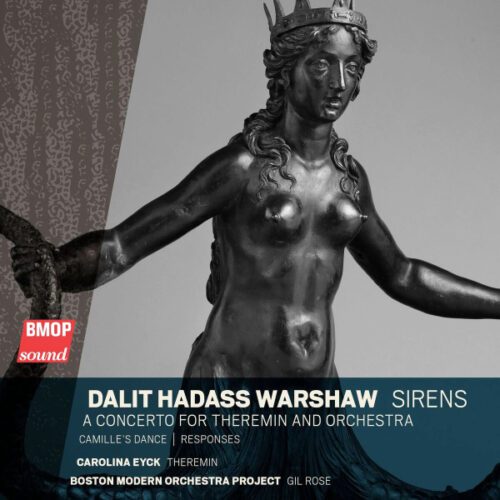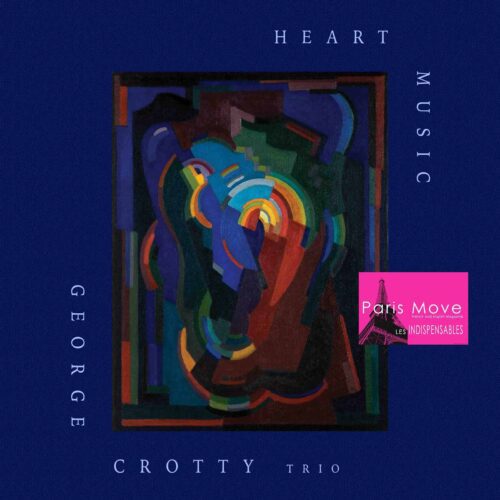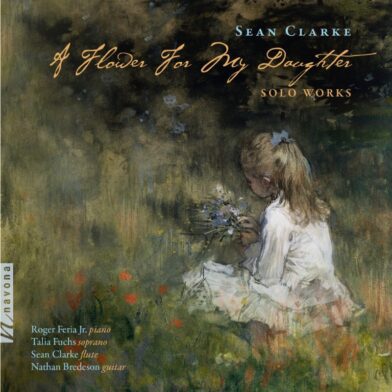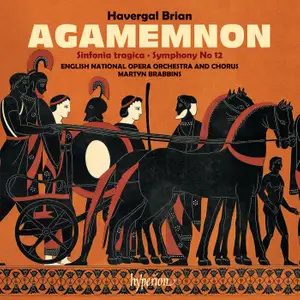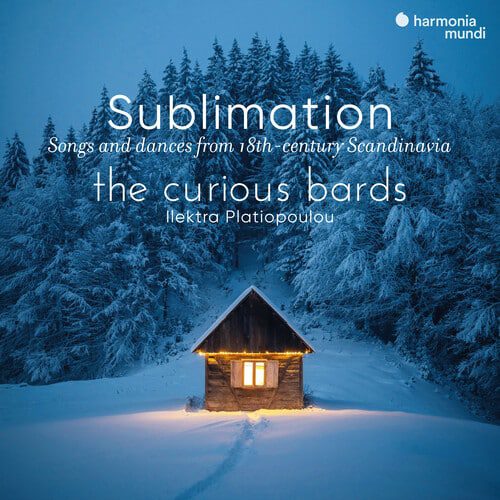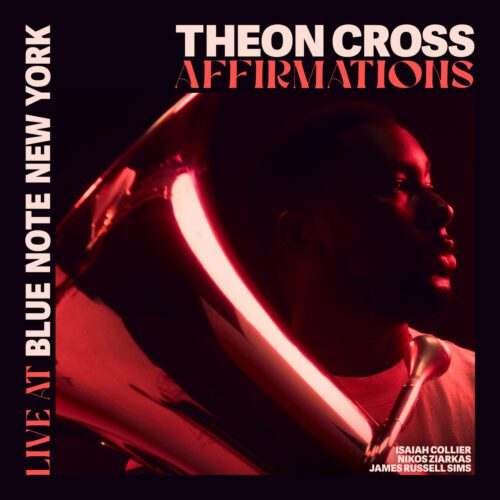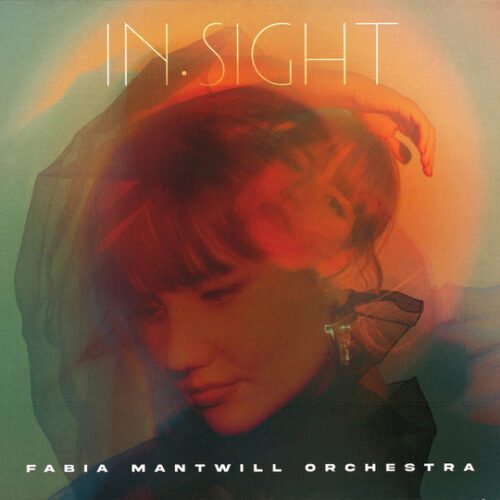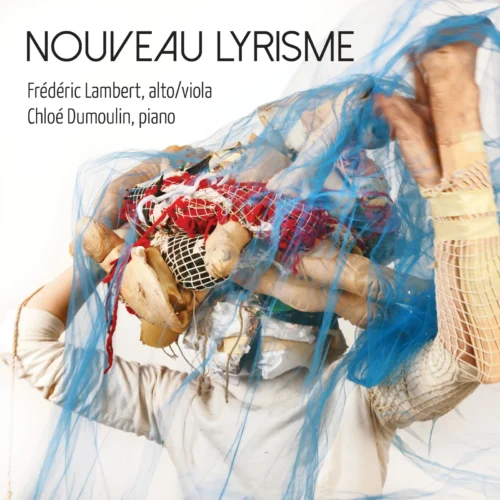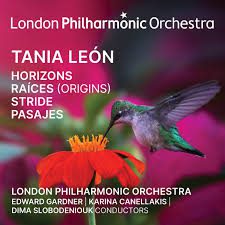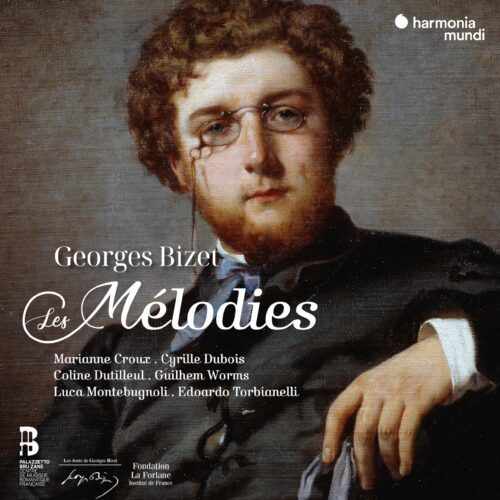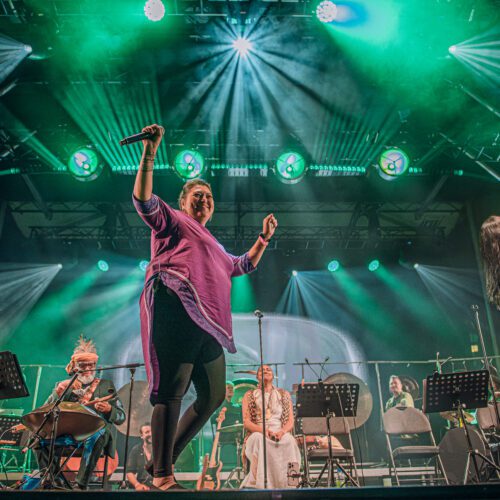This dedicated monograph on composer Dalit Hadass Warshaw presents three of her pieces, the most interesting of which is also the most recent: Sirens, A Concerto for Theremin and Orchestra (2017).
First of all, Warshaw herself is a virtuoso of the theremin, that strange instrument, one of the oldest electronic instruments, which is played without being touched. The composer began studying piano at the age of three with Nadia Reisenberg. The latter was the sister of violinist Clara Rockmore, the first great theremin virtuoso, and it was her meeting that sparked Warshaw’s interest in the instrument, which she began playing at the age of 15.
Her concerto is inspired by the song of mermaids, these hybrid beings as much as the sound of the theremin, which seems to amalgamate the tones of the violin with those of the human voice. Warshaw likes to base her compositions on a story, and in this case, she is inspired by the myth of Ulysses encountering mermaids along the way, but not as told by Homer, or as revisited by James Joyce. Warshaw’s inspiration comes from Franz Kafka’s version of the myth (Unsuk Chin had also been there in 2014 with “The Silence of the Sirens,” composed for the voice of Barbara Hannigan). In The Silence of the Sirens, Kafka explains that if the sirens’ song is dangerous, their silence is even more so! German soloist Carolina Eyck handles the instrument. She is recognized worldwide as the greatest thereminist, and the composer took pleasure in writing a difficult score for her, which she delivers magnificently. The idea of linking the sirens’ song to the theremin’s voice is brilliant in itself, and the result sets the imagination in motion.
“Camille’s Dance” (2000) is inspired by the life of the artist Camille Claudel, represented by a meeting between her sculptures La Valse (1893) and La Fortune (1905). In the latter, the female figure, alone, seems to fall backwards, as if Camille, who was to be institutionalized for her last 30 years, had anticipated her own downfall. The highly evocative music is beautifully rendered by the orchestra.
The album opens with her three “Responses” (2016) addressed to Brahms about three of his intermezzos. The original version of the piece was for solo piano, and the composer has chosen to make an orchestral version that is faithful to what she hears when she plays it on the piano.
BMOP founder Gil Rose conducts his orchestra masterfully, and once again allows us to discover works we’d love to hear in the concert hall.
